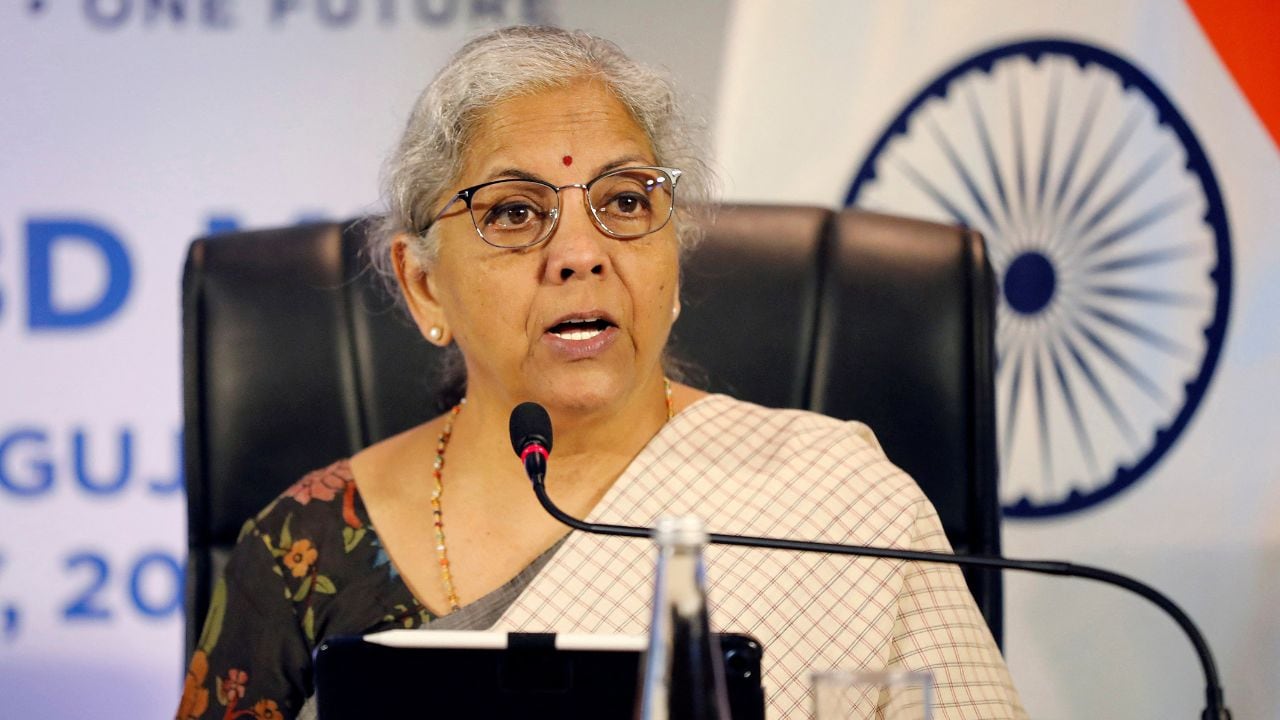
Sources indicate that the government is actively considering measures to provide relief to the middle class, potentially through adjustments in income tax structures and increased exemption limits for individuals earning up to ₹15 lakh. The exact shape these measures will take under the new tax regime remains to be seen, but further tweaks aimed at encouraging the adoption of the new system are anticipated.
A major policy focus is expected to be enhancing the spending power of the middle class. Many within the government advocate for putting more disposable income in the hands of citizens to drive consumption and reignite economic growth.
The government has implemented production-linked incentive (PLI) schemes in various industries over the years. This budget is likely to introduce further measures, particularly targeting labour-intensive manufacturing sectors such as textiles, furniture, and food processing. These industries present significant opportunities under the China+1 strategy, and potential policy interventions may include ease-of-doing-business initiatives or fiscal support to bolster their competitiveness.
Industry stakeholders have consistently voiced concerns about the need for decriminalising certain tax and business laws. The government is expected to respond with clear measures aimed at reducing legal burdens and sending a strong pro-business message.
Both individual taxpayers and businesses could benefit from streamlined tax payment procedures. The budget may introduce reforms to make tax compliance more straightforward, reducing administrative burdens and enhancing efficiency in the tax system.
Micro, small, and medium enterprises (MSMEs) play a critical role in India’s economy, and there is a growing demand for financial assistance and policy support for these businesses. The government may introduce a dedicated support package to provide financial relief and operational assistance to MSMEs, ensuring their sustained growth and contribution to the economy.

